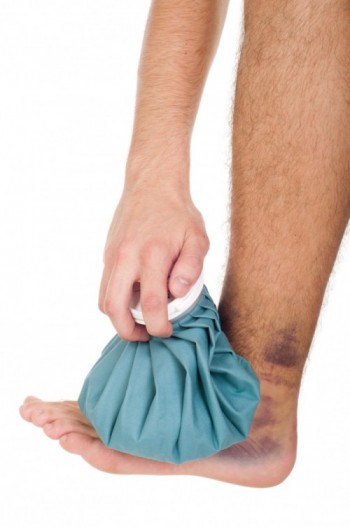Ankle sprains can occur when a person rolls over on their ankle (often on an uneven surface) or when landing down from a height or a step. Symptoms may include immediate pain, swelling (most commonly on the outside of the ankle), bruising and difficulty walking due to pain. These symptoms can be quite similar to that of an ankle fracture, so assessment by a doctor or a chartered physiotherapist to determine if an X-ray is indicated is important. With an ankle sprain, the ligaments of the ankle (ligaments connect bone to bone) may be stretched or torn.
At IONA Physiotherapy, a comprehensive assessment to determine which structures have been injured will be undertaken and will guide your management programme. Treatment is likely to include advice regarding control of swelling, manual therapy to restore movement and exercises to improve strength and proprioception. Proprioception, or joint position sense, is your ability to tell where a joint is in space without looking at it.
When you hear someone say they “have a weak ankle”- they probably mean that they keep rolling over on their ankle, and one of the reasons for that is likely to be poor prioprioception.
Proprioceptive retraining has been shown in research to reduce the rate of recurrence of ankle injuries and will therefore be a crucial part of your rehabilitation.





